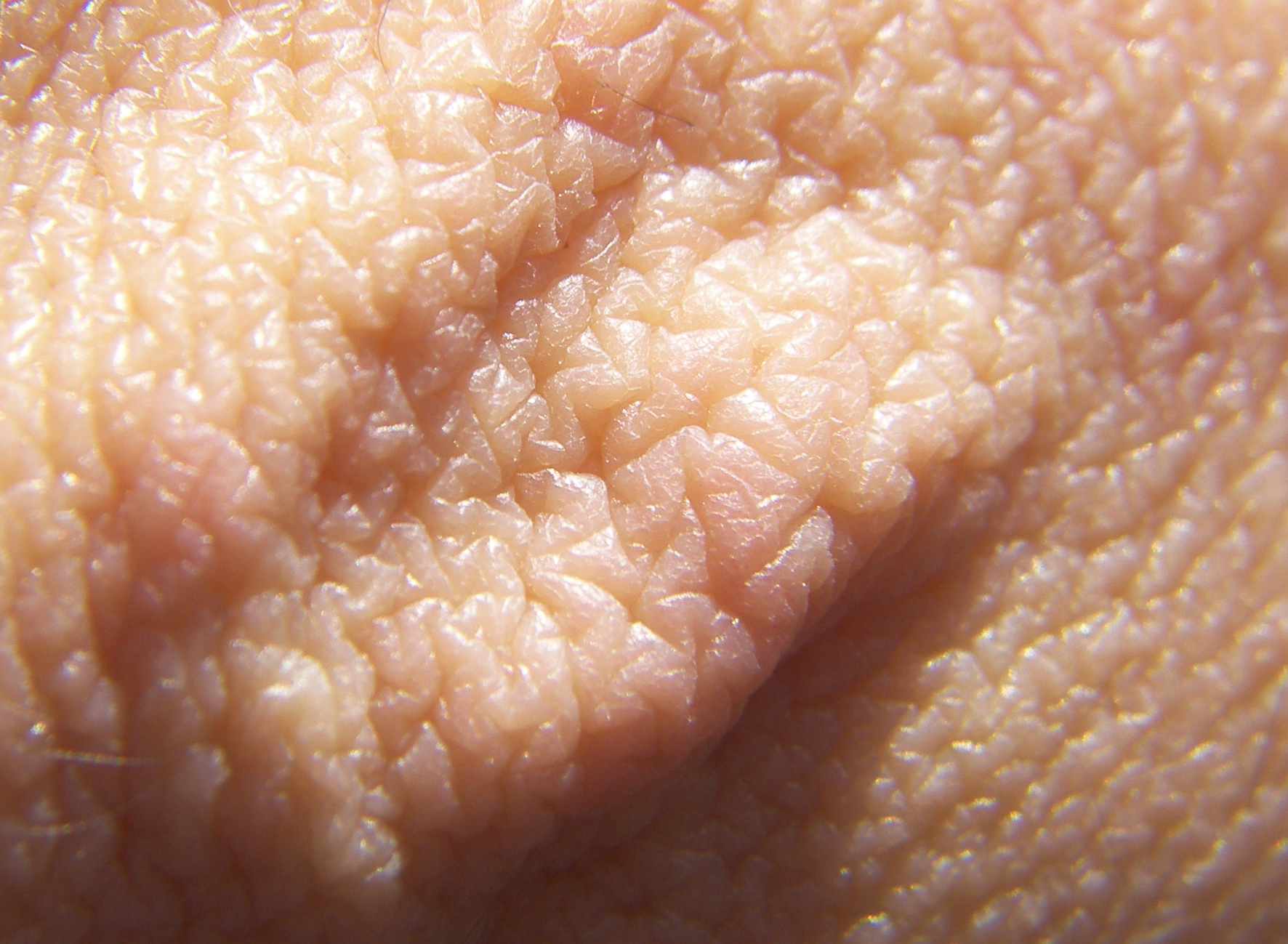
MONDAY, May 21 (HealthDay News) — Women who exercise vigorously may be reducing their risk of psoriasis, Harvard University researchers report.
Psoriasis is an immune disorder that causes inflammation and scaly patches on the skin.
Vigorous activity for up to three hours a week can potentially reduce the risk by 25 percent to 30 percent, the researchers said.
“Exercise is a modifiable risk factor. Here is another reason to change lifestyle and exercise,” said lead researcher Dr. Abrar Qureshi, vice chairman of the department of dermatology at Brigham and Women’s Hospital, in Boston.
“Most interesting was our finding that intensity of exercise was linked to psoriasis risk, where less vigorous physical activity such as walking was not associated with a lower risk for new-onset psoriasis,” he said.
The report was published in the May 21 online edition of the Archives of Dermatology.
For the study, Qureshi’s team collected data on nearly 867,000 women who took part in the U.S. Nurses’ Health Study II. Among these women, 1,026 had psoriasis.
The most physically active women had a significantly lower risk of psoriasis, compared to women who exercised the least, the researchers found.
However, only activities such as running, aerobic exercise or calisthenics were linked to a reduced risk of the condition, they added.
Other activities such as jogging, playing tennis, swimming and bicycling were not associated with psoriasis risk, they said.
“The highly variable intensity at which these activities are performed may account for this finding,” the researchers wrote.
Why exercise is tied to a lower risk of psoriasis isn’t known for sure, said the researchers, who found an association but not a cause-and-effect relationship between exercise and the skin disorder.
“The plausible mechanisms behind these findings are several,” Qureshi said. “For example, physical activity may lower systemic inflammation.”
Exercise has also been associated with reducing the risk of other diseases associated with inflammation, including type 2 diabetes, colon cancer, coronary artery disease and breast cancer, the researchers noted.
There are limitations to the study, Qureshi said.
“It is possible that women who engaged in vigorous exercise live healthy lives in general and other factors associated with healthy living may actually be associated with lowered psoriasis risk,” he said.
To address this concern, the researchers adjusted for known psoriasis risk factors and
the association remained statistically significant, Qureshi said.
Dr. Lawrence Green, a spokesman for the National Psoriasis Foundation, commented that “this study certainly adds on to recent research over the past several years about risk factors for more severe psoriasis and ways an individual with psoriasis can help manage their disease in addition to dermatologist-prescribed treatment.”
This study adds to the accumulated body of evidence that “how we live our lives can play a role in how bad our psoriasis can become,” he said.
“We have recently become aware that smoking, high alcohol intake and obesity can worsen psoriasis. Now, we have a study that shows that vigorous exercise can play a role in helping to mitigate psoriasis,” Green said.
Another expert, Dr. Robert Kirsner, chief of dermatology at the University of Miami Miller School of Medicine, added that “exercise allows patients who may be at risk for psoriasis because of family history the ability to do something to hopefully reduce that risk or delay the start of the psoriasis.”
In addition to reducing inflammation, exercise might also reduce stress and depression, which are also associated with psoriasis, he said.
“We finally have something that a patient can do to help reduce their risk of developing psoriasis,” Kirsner said.
More information
For more about psoriasis, visit the National Psoriasis Foundation.

